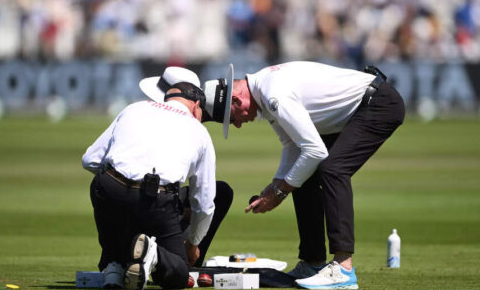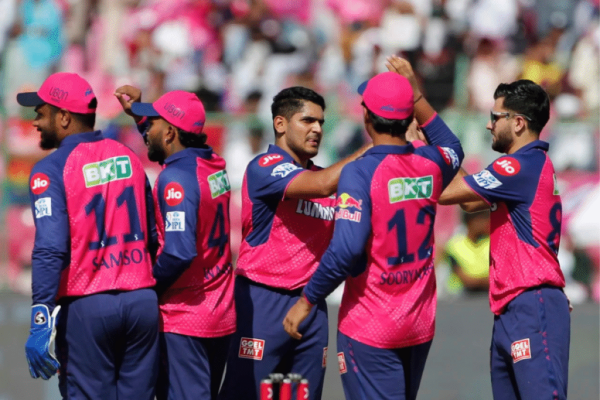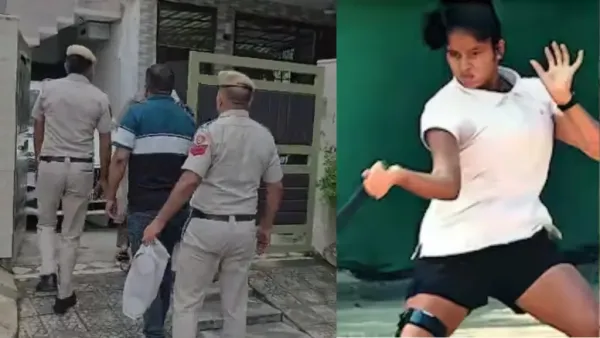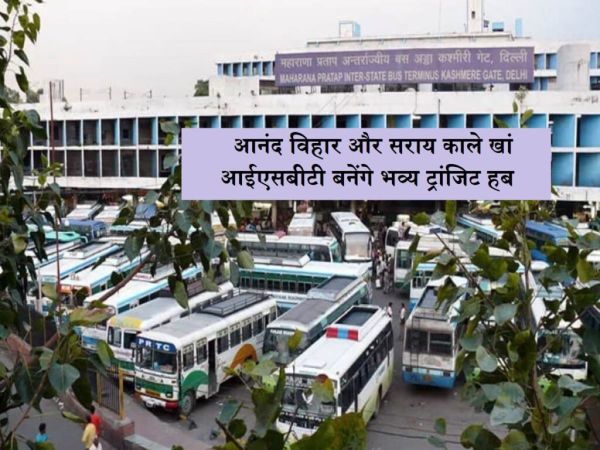When your doctor wraps a cuff around your arm and announces a blood pressure reading, it may seem like just another routine check. But those numbers hold crucial insights into your heart health. And despite medications when they persistently remain high, t is called resistant hypertension .
Resistant hypertension is not merely a more persistent form of high blood pressure; it indicates that the current treatment regimen may be insufficient. What we need is a shift in perspective: from merely increasing doses to truly understanding what’s driving the resistance. That means identifying secondary causes, improving adherence, and yes, considering innovative interventions when appropriate. We can’t afford to treat this passively—it demands a proactive, personalized approach.
Here’s what you need to know to take control of your health:
Decoding the numbers: What blood pressure readings really say? A typical blood pressure reading is written as two numbers: systolic (top) over diastolic (bottom). Ideally, these numbers should be under 120/80 mmHg. Hypertension, or high blood pressure , is categorized into grades based on these readings:
- Grade 1 (Mild): 140–159/90–99 mmHg
- Grade 2 (Moderate): 160–179/100–109 mmHg
- Grade 3 (Severe): 180/110 mmHg or higher
In some cases, blood pressure remains elevated despite the use of multiple medications. This is known as resistant hypertension—defined as blood pressure that stays above target (140/90 mmHg, or 130/80 mmHg for individuals with diabetes or chronic kidney disease) even when treated with at least three different antihypertensive drugs, including a diuretic at optimal doses.
What’s making your blood pressure so stubborn?
At the core of resistant hypertension is often an overactive sympathetic nervous system, which keeps the body in a constant state of heightened alert—constricting blood vessels and driving up blood pressure. This heightened sympathetic drive plays a central role in making hypertension difficult to control. Beyond this, several secondary causes can also contribute, including chronic kidney disease, hormonal imbalances (like primary aldosteronism or thyroid dysfunction), and conditions such as obstructive sleep apnea. Certain medications—such as NSAIDs, corticosteroids, and some antidepressants—may interfere with blood pressure regulation. Lifestyle factors like high salt intake, alcohol consumption, obesity, and chronic stress can further compound the problem.
More than just pills: Hypertension in majority of the patients is often considered less important due its asymptomatic and silent nature. Managing resistant hypertension isn’t just about bringing numbers down in the moment—it’s about protecting your future. While adjusting medications, improving lifestyle habits, and addressing root causes remain critical, we also need to look beyond symptom control. Innovative and new age Interventional therapies like renal denervation (RDN) offer a promising path—not just as a last resort, but as a proactive step. By targeting the overactive nerves that drive high blood pressure, RDN has the potential to reduce long-term cardiovascular risks, including stroke, heart failure, and kidney damage. It's time we stop thinking only in terms of short-term fixes and start considering how early intervention can lead to better outcomes tomorrow.
Managing for the long term: Monitor, Adjust, Repeat: Resistant hypertension demands ongoing attention and a flexible, long-term strategy. Regular monitoring—both at home and in the clinic—helps to stay in the ideal target range of blood pressure of under 140/90 mmHg. Staying engaged in your care is just as important: adhering with regular follow-ups, talking about your symptoms, be educated on the impact of poorly controlled BP, and making steady lifestyle changes, or opting for an innovative interventional therapy all play a role. With the right plan in place, long-term control isn’t just possible—it’s within reach.
If your blood pressure isn’t responding to treatment, it’s time to ask why and to take control. Resistant hypertension doesn’t mean there’s no solution—it means the solution needs to be smarter. With a combination of early detection, individualized care, and advanced therapies like RDN, better control is within reach.
Issued in Public Interest. All information contained herein is for general awareness purposes only and not intended to act as medical advice. Patients should consult with their physicians in relation to their condition.
Dr Rahul Gupta, Senior consultant and HOD in department of cardiology, Apollo Hospitals, Navi Mumbai









